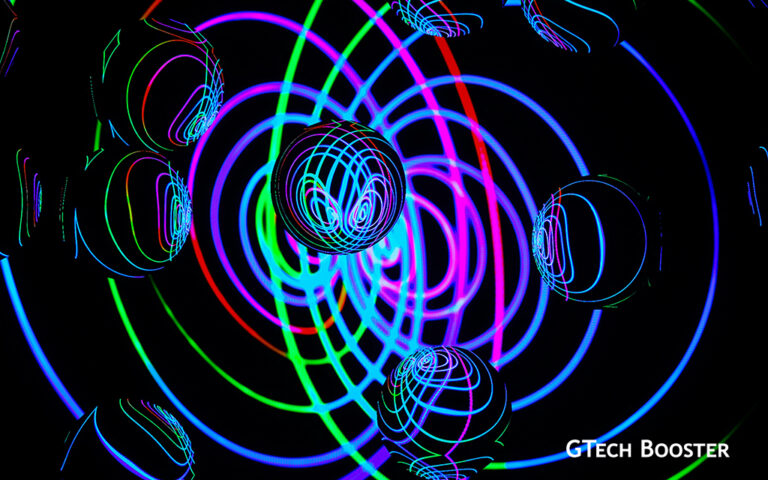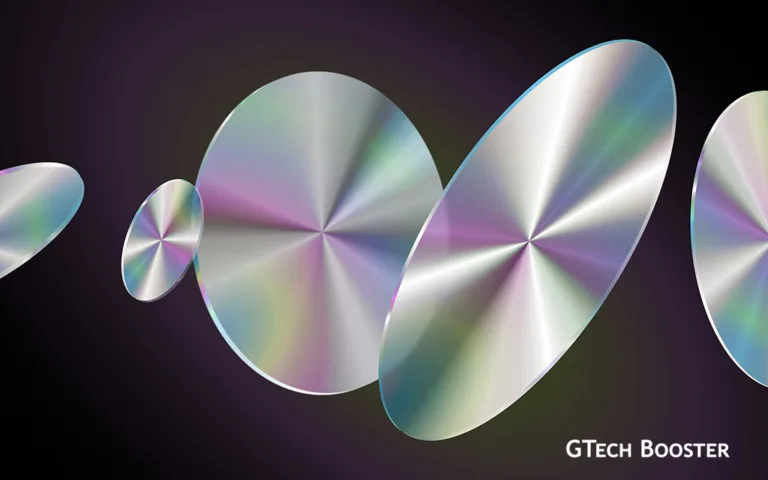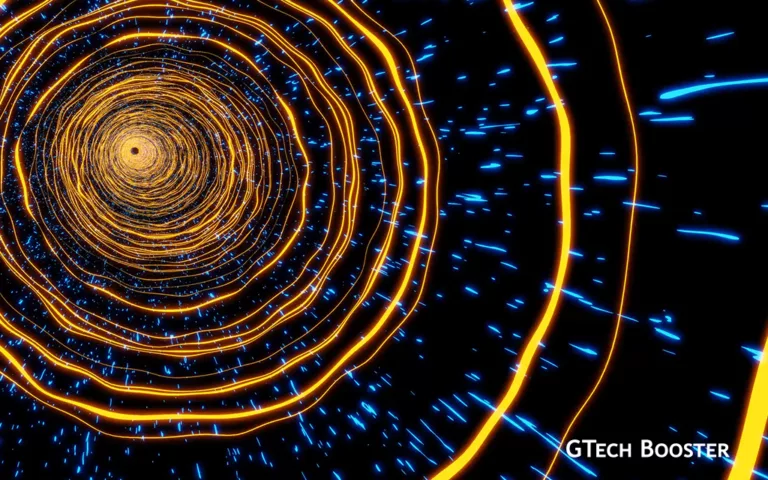The 1st to 11th dimensions
Dimensions refer to measurable extents in different directions that describe the size or shape of an object or concept.

Dimensions refer to measurable extents in different directions that describe the size or shape of an object or concept. Commonly, dimensions are expressed in terms of length, width, height, and sometimes depth for physical objects. These dimensions help quantify and understand the properties and spatial relationships of things.
In broader contexts like literacy or education, “dimensions” represent multiple interconnected aspects or components that contribute to a concept. For example, literacy involves dimensions such as linguistic, cognitive, sociocultural, and developmental, which together shape the full understanding and ability to use language effectively. Similarly, reading comprehension encompasses various dimensions involving different cognitive and analytical skills.
Dimensions can be physical and spatial in nature, or abstract and conceptual, depending on the field of study or discussion. The concept of dimensions helps break down complex phenomena into manageable parts to better analyze, teach, or understand them. This multidimensional approach is especially useful in education and literacy to address the diverse needs and abilities of learners.
The Dimensions
- 1st Dimension is Length
- 2nd Dimension is Width
- 3rd Dimension is Height
- 4th Dimension is Time
- 5th Dimension is Gravity and Electromagnetism
- 6th Dimension is Timeline Jumping
- 7th Dimension is Alternate universes with different physical laws or constants
- 8th Dimension is All possible realities
- 9th Dimension is All possible universe histories
- 10th Dimension is Everything possible and imaginable
- 11th Dimension is Reconciliation of quantum mechanics and gravity
1st Dimension: Length
The first dimension, often referred to as the “length,” represents a straight line. It has only one degree of freedom, allowing movement along a single axis.
2nd Dimension: Width
The second dimension, known as “width” or “breadth,” introduces a second degree of freedom. It allows movement in both the vertical and horizontal directions, forming a plane. Shapes in the second dimension have length and width but no height.
3rd Dimension: Height
The third dimension, “height” or “depth,” adds another degree of freedom, allowing objects to have volume. In our everyday experience, we perceive the world in three dimensions, with length, width, and height.
4th Dimension: Time
The fourth dimension, “time,” is often described as a dimension separate from the three spatial dimensions. It represents the progression of events and provides a framework for understanding the concept of past, present, and future. In physics, space and time are unified in a four-dimensional continuum known as spacetime.
5th Dimension: Gravity and Electromagnetism
The concept of the fifth dimension is a topic that arises in theoretical physics and mathematics. It emerged as scientists sought to connect different fundamental forces in the universe, particularly gravity and electromagnetism. The idea is associated with the Kaluza-Klein theory, which aims to unify these forces by introducing an additional dimension beyond the three spatial dimensions and time.
According to the Kaluza-Klein theory, the fifth dimension is not directly observable in our everyday experience because it is believed to be “curled up” or “compactified” at an extremely small scale. It is often described as a tiny loop or circle, estimated to be around 10 to the negative 33 centimeters in size. The fifth dimension is linked to the behavior of light and the electromagnetic force. It suggests that light may have a more significant presence in the fifth dimension, and what we perceive in our three-dimensional world is a diluted manifestation of it.
Please keep in mind that the concept of higher dimensions can be complex, and this explanation is a simplified overview. These are more abstract, often used in theoretical physics and string theory.
The 5th dimension can be thought of as a way to represent different possible worlds or timelines branching from our own.
6th Dimension: Timeline Jumping
The 6th dimension involves all possible timelines starting from various initial conditions. Think of this as a vast space containing all worlds that could exist.
7th Dimension: Alternate universes with different physical laws or constants
These involve even more complex scenarios, such as alternate universes with different physical laws or constants, all existing within a higher-dimensional framework.
8th Dimension: All possible realities
Moving to the 8th dimension, we are further expanding this concept of ‘all possible realities’. The 8th dimension covers all possible configurations of universes that begin with every possible set of initial conditions and laws of physics. Where the 7th dimension lets you vary the laws, the 8th dimension contains the entire family of these universes, including every conceivable variation of the 7th dimension itself.
9th Dimension: All possible universe histories
The 9th dimension encompasses all possible universe histories that start with every possible set of physical laws and initial conditions. It’s like a space where you can compare all different types of universes, each with its own unique rules and outcomes. Unlike lower dimensions limited by specific laws or timelines, the 9th dimension includes every conceivable reality with any combination of laws and starting points. This means physical laws as we know them do not necessarily apply here, allowing completely foreign realities to coexist in this dimension.
10th Dimension: Everything possible and imaginable
The 10th dimension is the realm of everything possible and imaginable. It includes all possible universes, their multiple histories, and every possible variation of physical laws and initial conditions. In this dimension, every single outcome of every event, every timeline, and universe is contained. It’s seen as the “end” of dimensional extension—nothing beyond this is theoretically imaginable. It represents the totality of the multiverse and beyond.
11th Dimension: Reconciliation of quantum mechanics and gravity
The 11th dimension arises in M-theory, a leading candidate for a unified theory in physics. It’s a spatial dimension beyond the ten described in string theory. The 11th dimension unifies all different versions of string theory by allowing membranes (branes) to exist alongside one-dimensional strings. This dimension is considered the “master dimension” where fundamental forces, particles, and cosmic phenomena coexist. It is theorized to include the fabric of reality that contains all other dimensions and serves as the framework for a “theory of everything,” attempting to reconcile quantum mechanics and gravity.
An lecture on the subject
The first three dimensions are familiar as our physical space; higher ones are abstract and used to explore complex theories about the universe’s nature. Each additional dimension provides a way to describe more complex realities, from simple lines to the multiverse and beyond. These exist and more perceivable for active beings.











